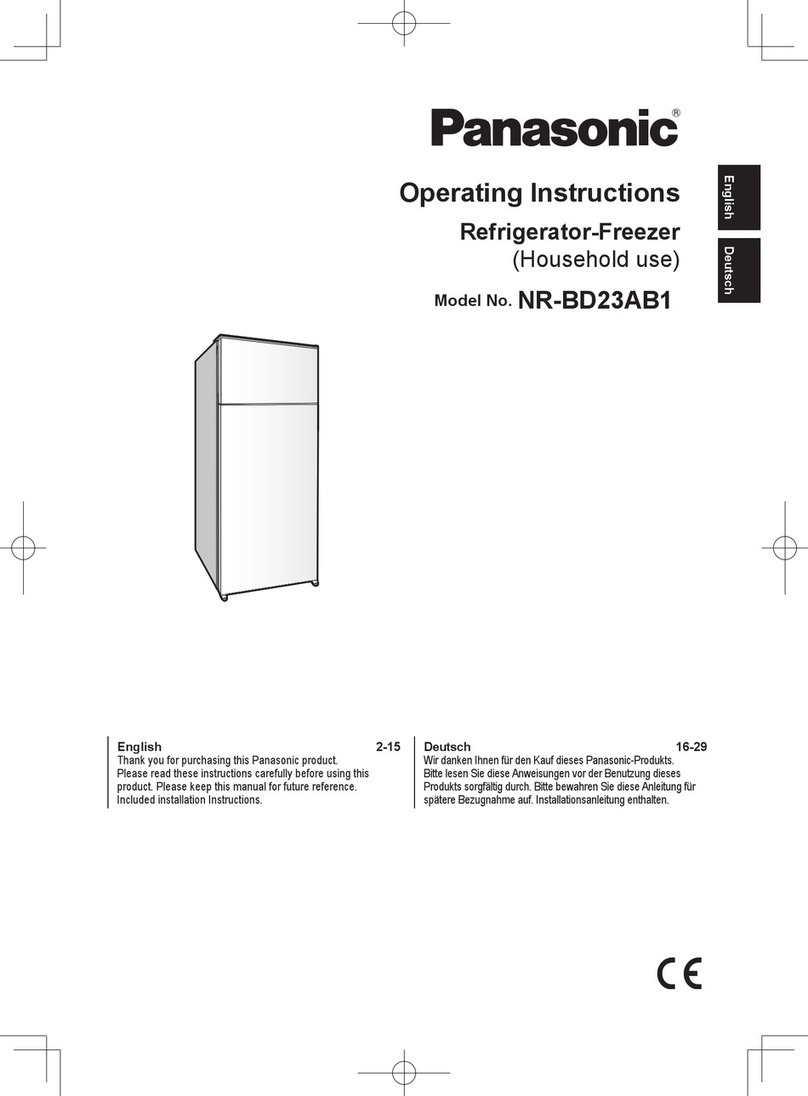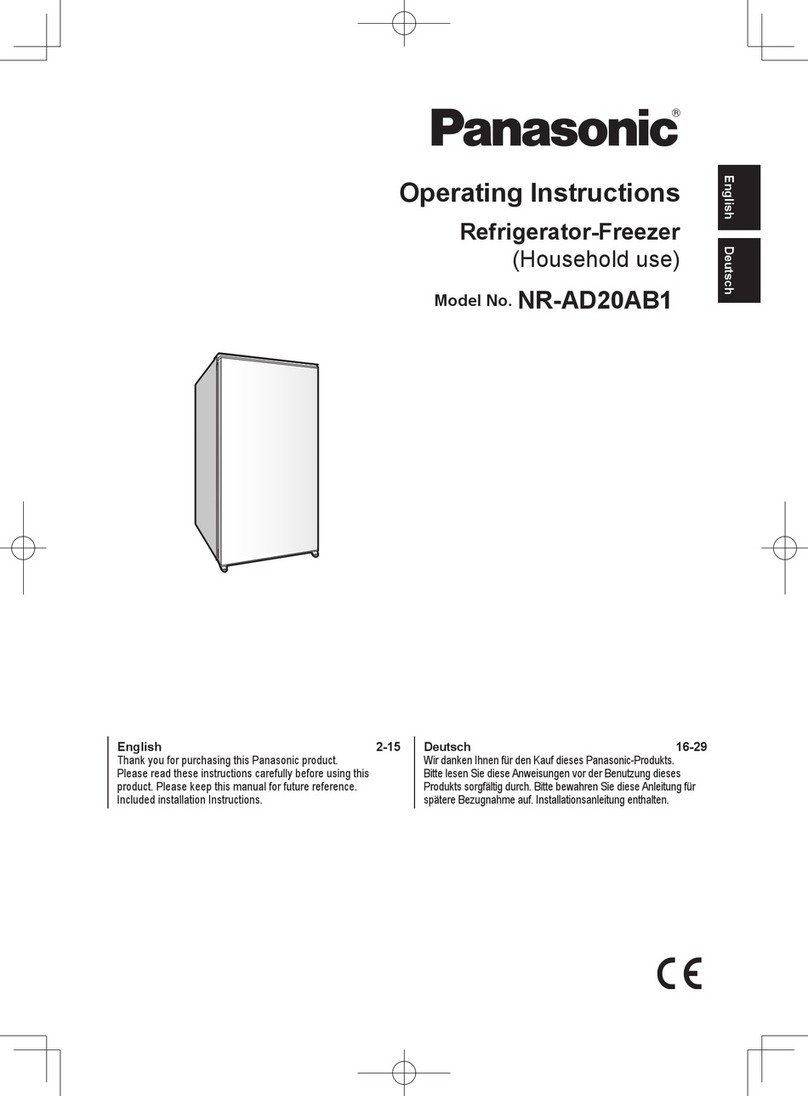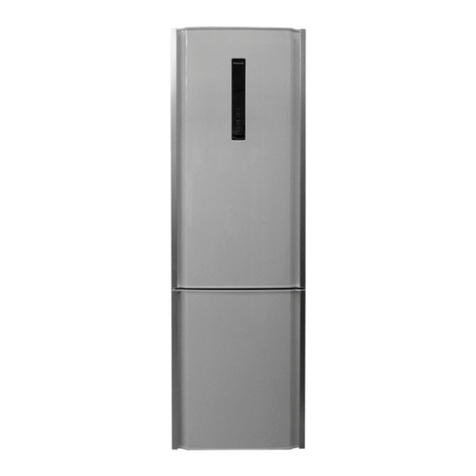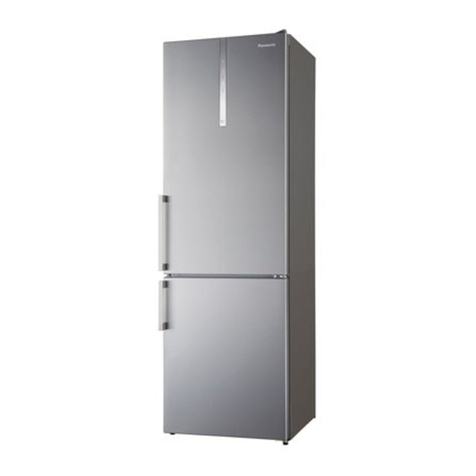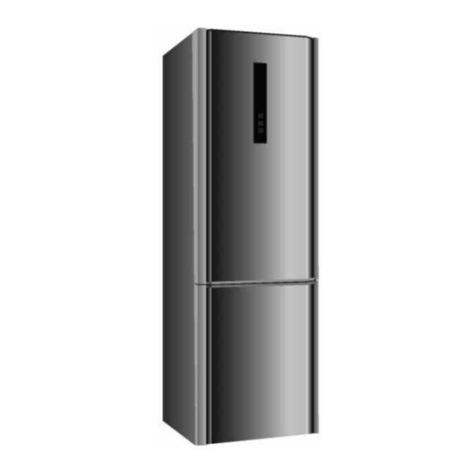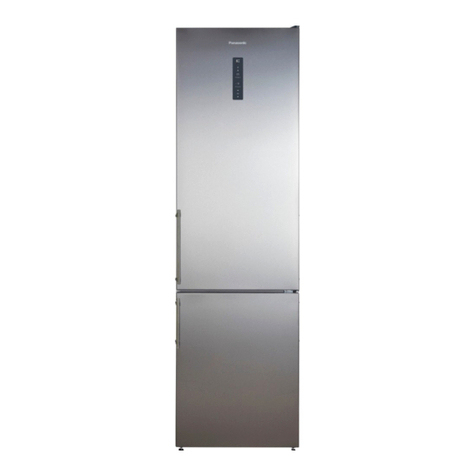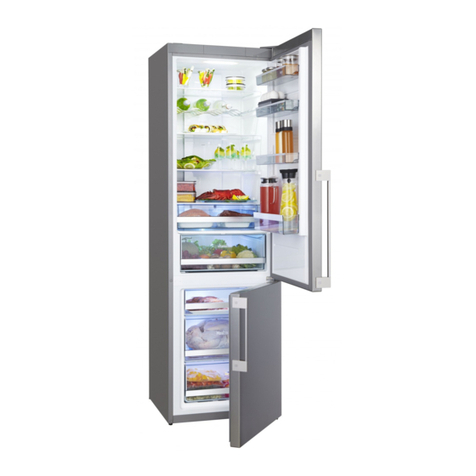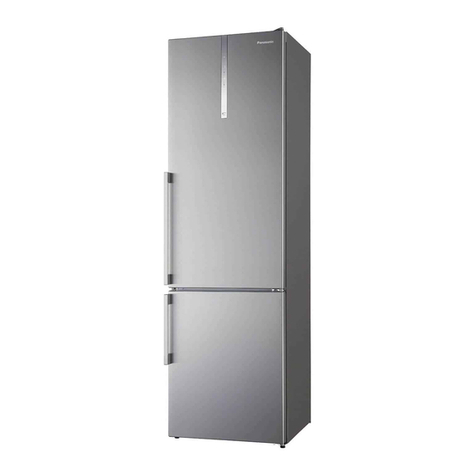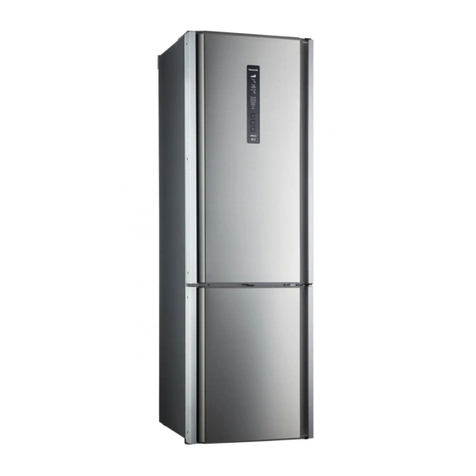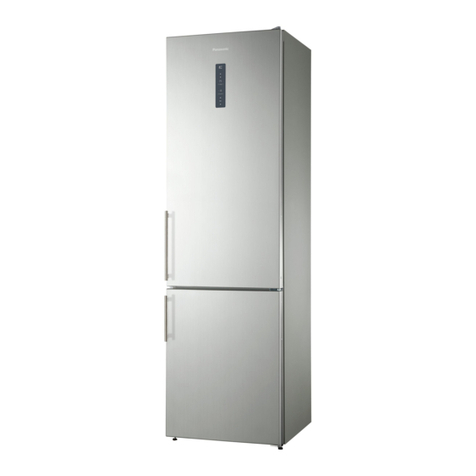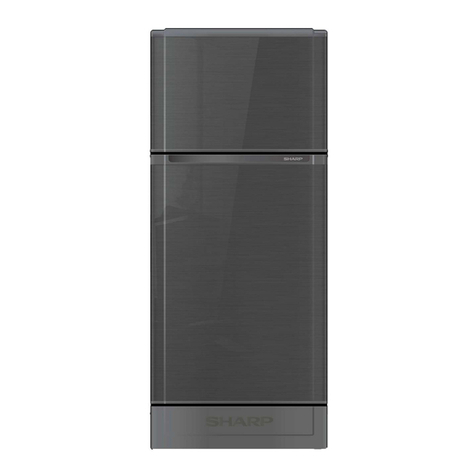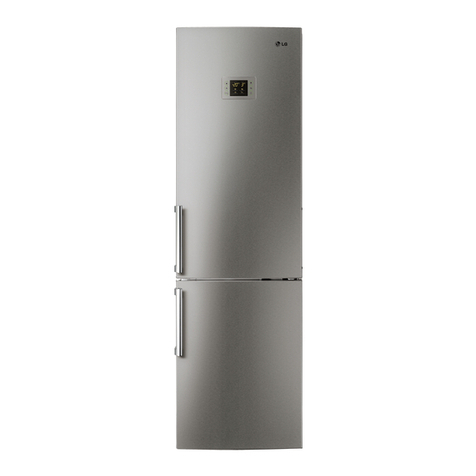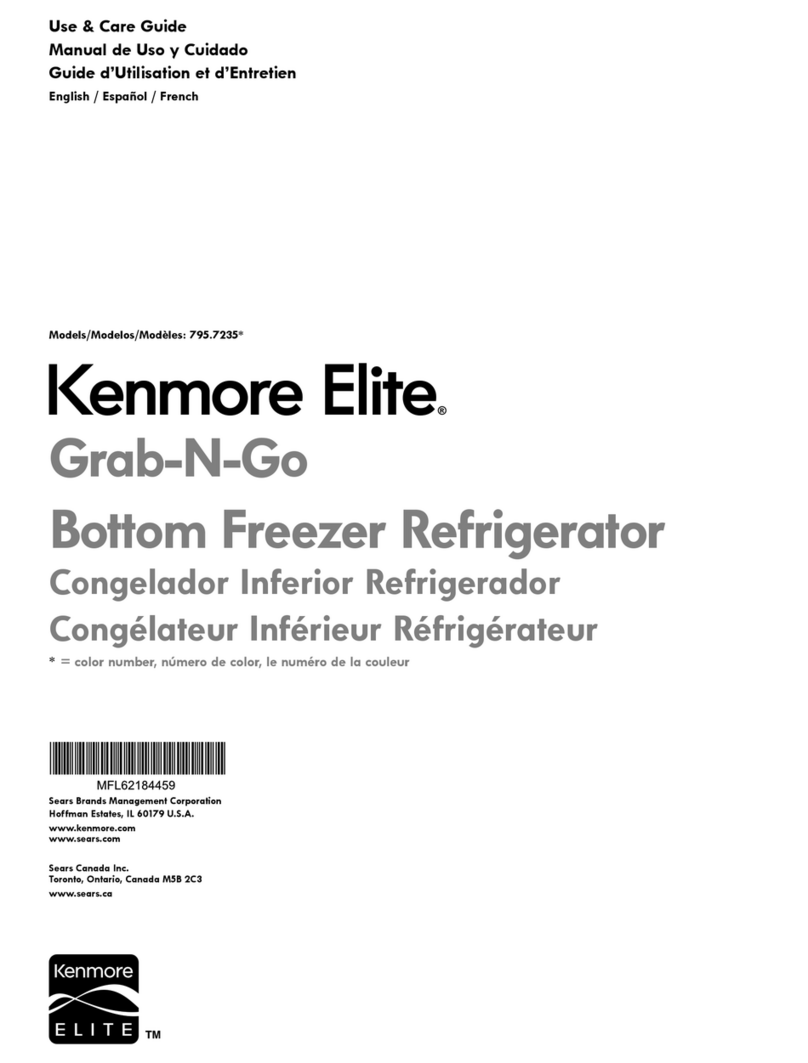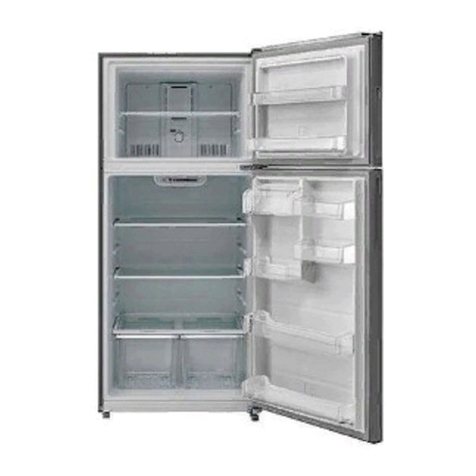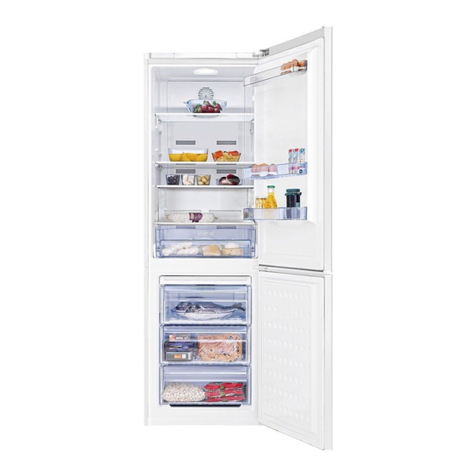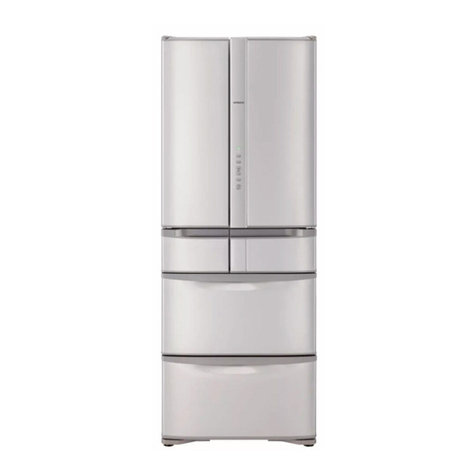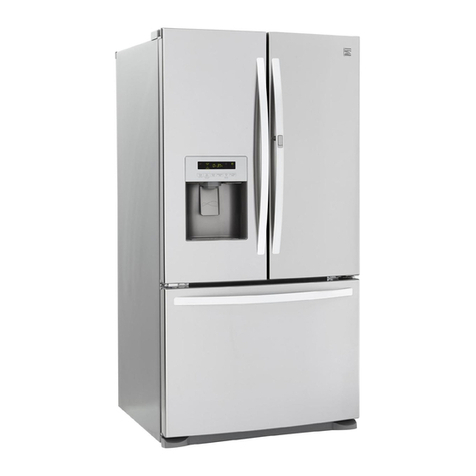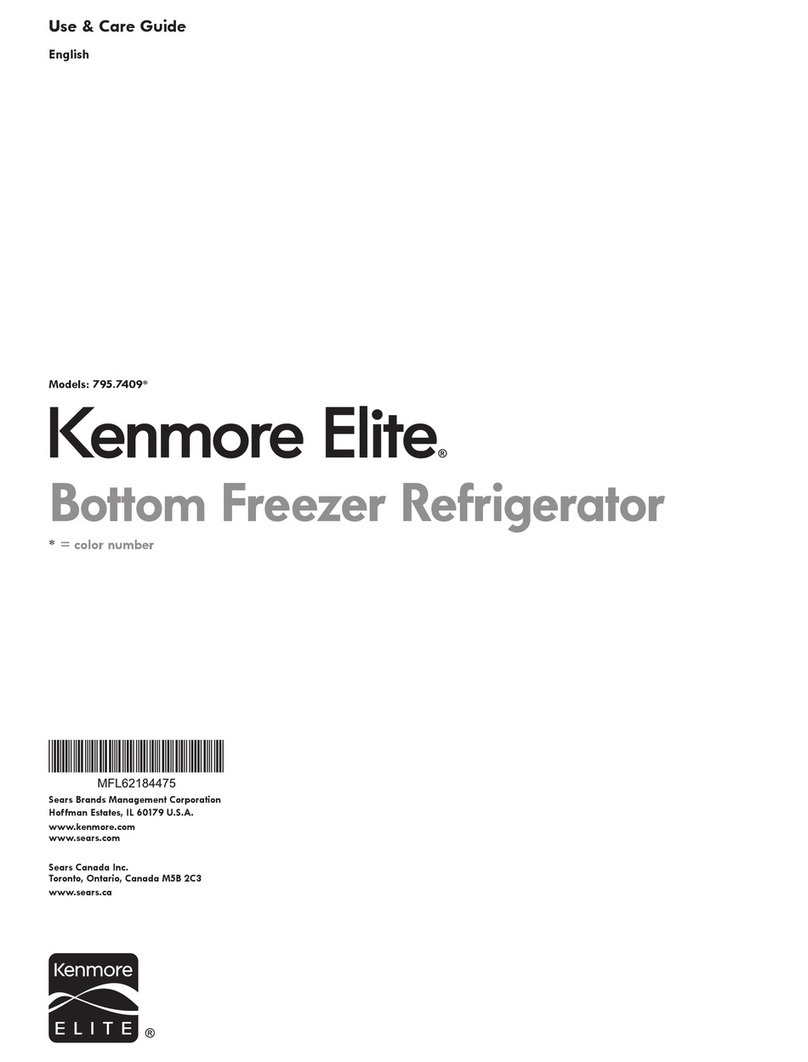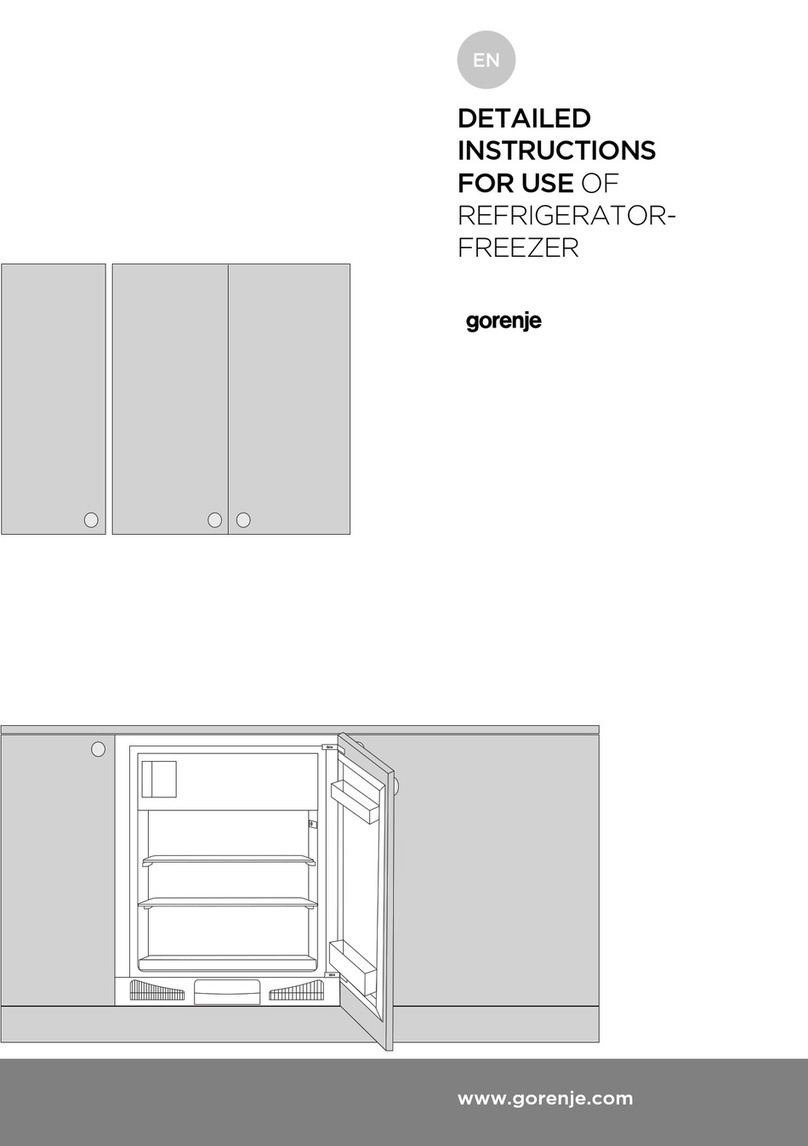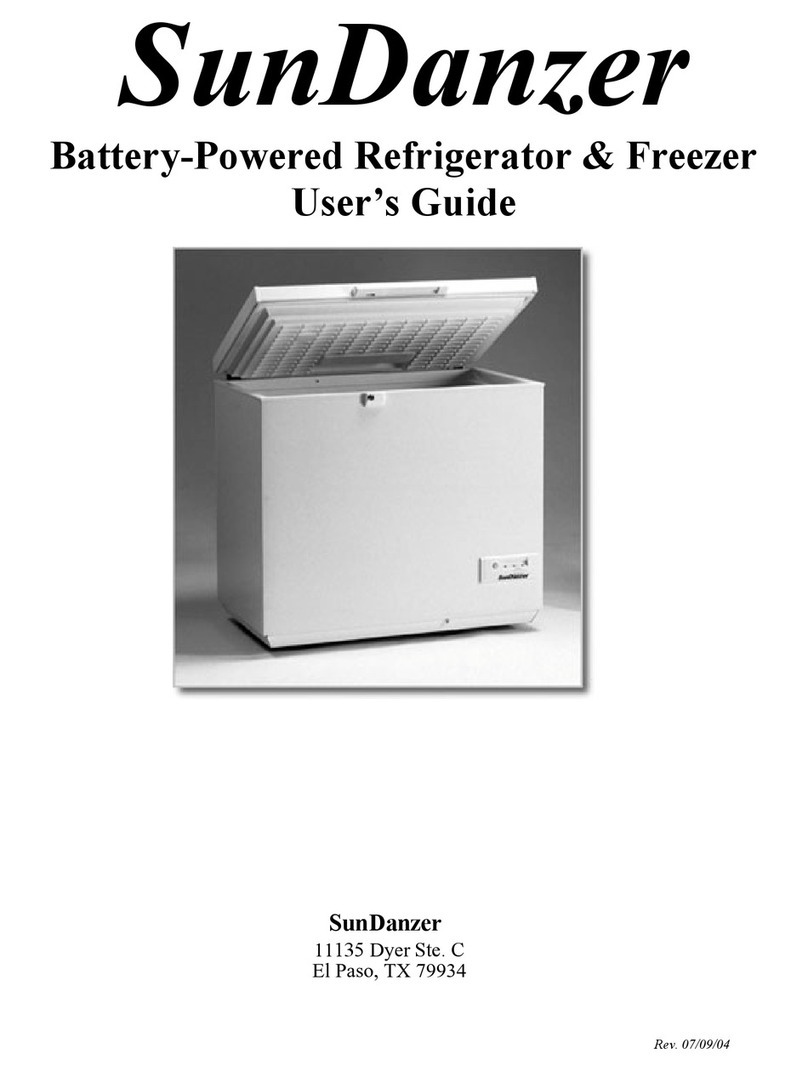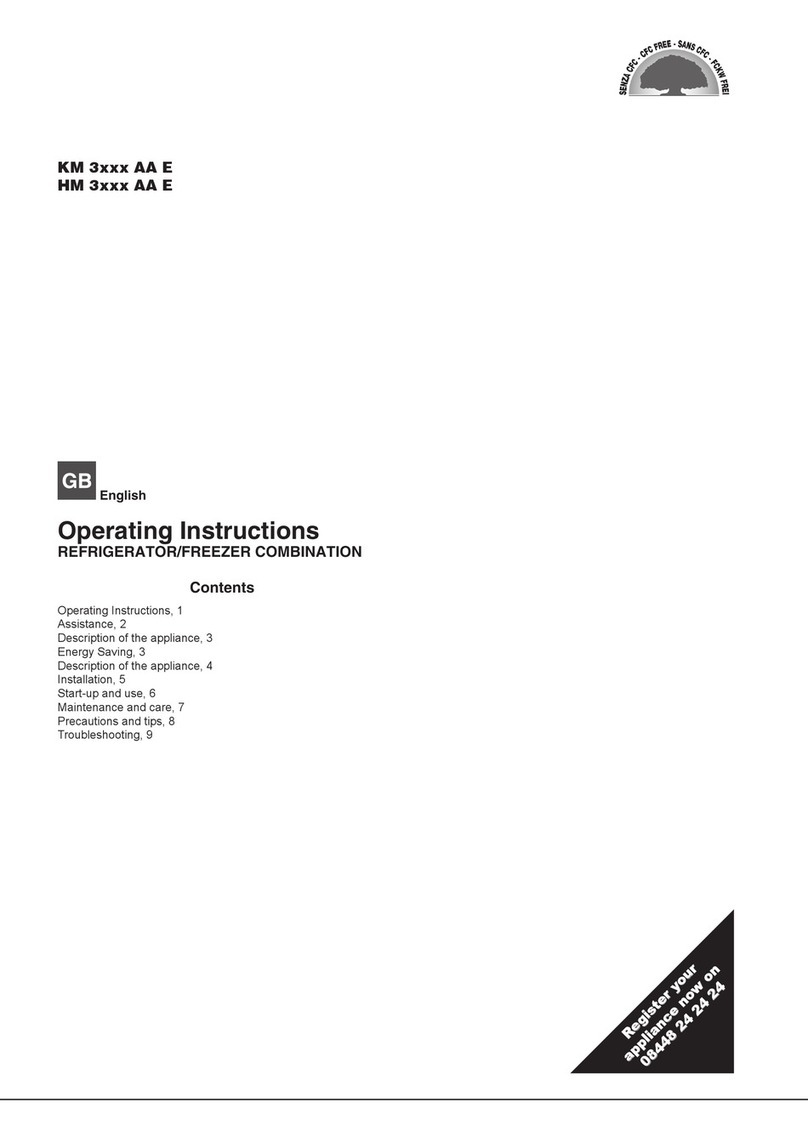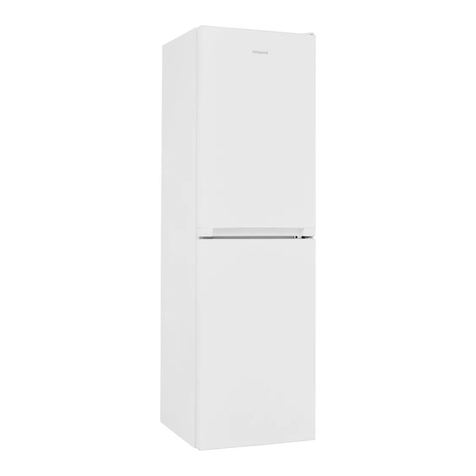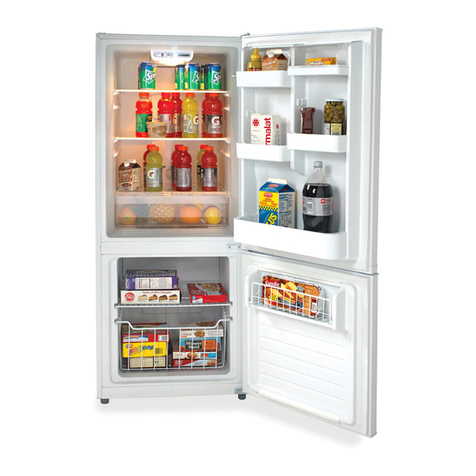
3
Before repair
Make sure to cut off the power line before disassembly, parts replacement and assembly.
Otherwise, electrical shock or injury may occur.
Be careful of electrical shocks
Be careful of electric shock from live parts or electrical lead terminals when conducting voltage measurement and other
electrical servicing.
Voltage of the control board is approximately 280V when power is ON.
Do not touch live parts.
When replacing parts, do not touch live parts for at least 3 minutes after disconnecting the plug from the power supply.
(A little time is required for electrical discharge of the condenser)
Use only fuses specified
When replacing fuses, use only specified in the circuit diagram. The use of non-specific fuses may cause fire or
malfunction.
Punch the pipes of the faulty compressor securely.
Otherwise, the refrigerant remaining in the compressor oil might leak out during transporting and could catch fire and
explode.
Discharge refrigerant completely from the used service can for disposal in an outdoor place where there
is no fire source.
Otherwise, you could run the risk of fire/explosion.
Do not damage the refrigeration circuit (piping) of the refrigerator.
As the refrigerant is flammable, any damage could lead to fire/explosion.
If the refrigeration circuit is damaged, do not touch the refrigerator or use a naked flame. Open windows
for Ventilation.
As the refrigerant is flammable, any damage could lead to fire/explosion.
Disposal of a faulty compressor must be performed outdoors where there is no fire source.
The quantity of refrigerant in a service can carried in the vehicle must be the least possible, and below the
[regulation][regulated] limit. Keep the service can upright and below 40°C. (Quantity on board: 1.5kg or
below)
Use a designated part
Make sure to use a designated part when the part is marked( ) in circuit diagrams and parts lists.
Otherwise, smoke, fire or failure may occur.
Always conduct a safety inspection after completing service
And check the parts are reassembled correctly. Also confirm other fixings and wiring, for deterioration. Replace as required.
Always use a megohmmeter to measure the insulating resistance between both terminals of the power plug and the earth
terminal, and plug the power supply in after first confirming 1MΩor above.
When setting, check that the power cord or power plug is not jammed or pushed against the rear of the refrigerator.
If the power cord or the power plug is damaged or loose, take appropriate measures such as replacing.
If the pins of the plug or the area the pins attach to are dirty, make sure they are cleaned thoroughly.
